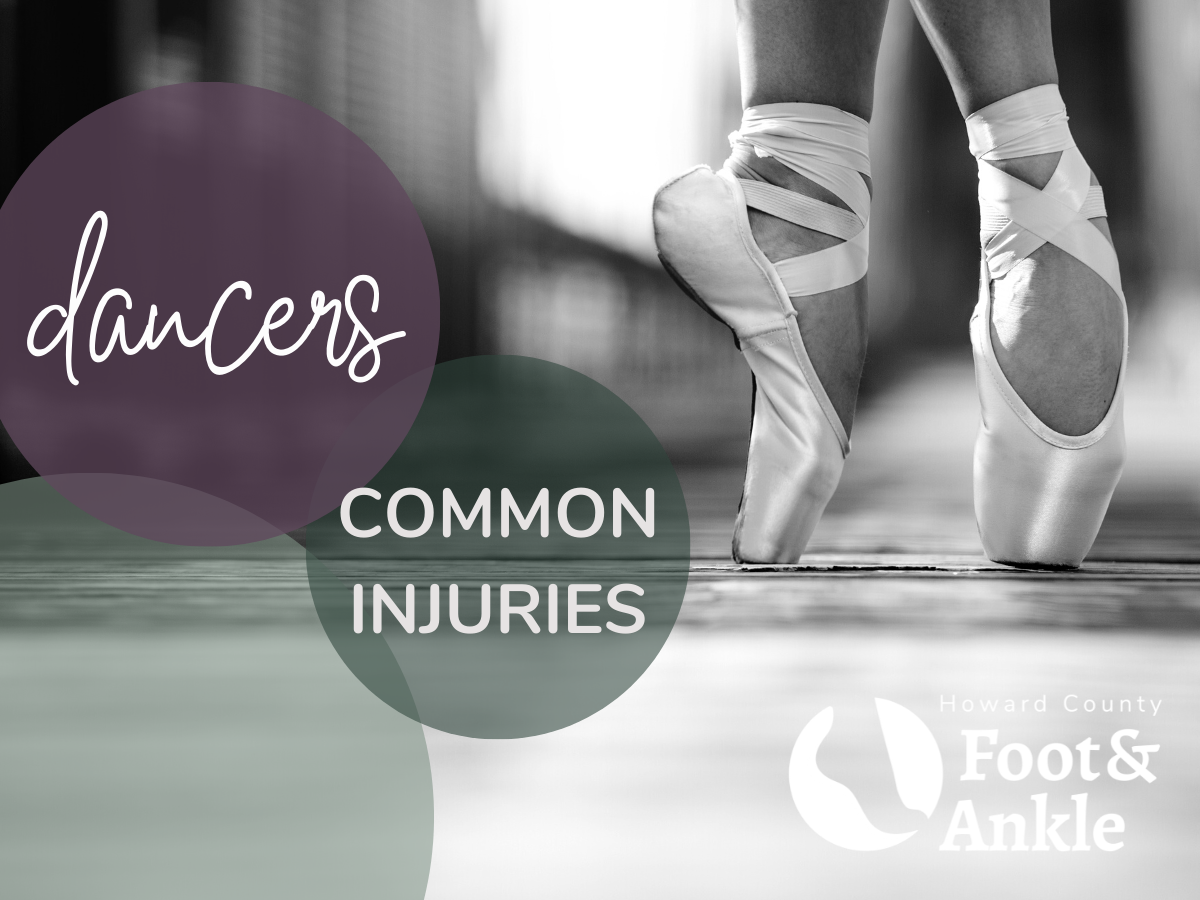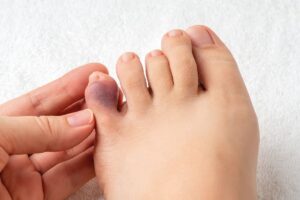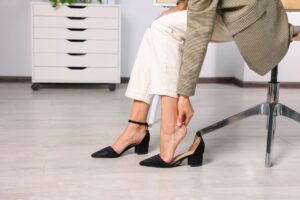The foot pain that envelops the dancing community is quite unfortunate. Many dancers joke about how many issues their feet have or how unsightly their feet can be. Between blisters, black toenails, and arch pain, when do you know it’s time to visit a podiatrist?
Let’s dive deeper. One of the most common causes for foot pain among dancers is plantar fasciitis. We’ve talked about plantar fasciitis in previous blog posts but we’ll touch on it a bit here as well. Plantar fasciitis is an inflammation that occurs in the bottom of the foot and feels very sharp and tight. Sound familiar? The ligament that this inflammation occurs in attaches to the bottom of the heel and extends through the arch and into the toes. This causes a large area of pain! If you are feeling pain here, it’s time to make an appointment with us before it causes further problems. Another common problem among dancers is an ankle sprain. With all of the twists, turns, and jumps, there are a lot of opportunities to land incorrectly and cause a sprain. Achilles tendonitis is caused from repetitively pushing off from the ball of the foot, a common movement with dancers. When this tendon is inflamed it can create pain at the bottom of the leg, into the heel area, with swelling often seen here as well. The last, most common, injury seen in dancers is a stress fracture. When the feet are bending in ways that aren’t natural movements throughout the day, certain bones can be weakened and that repetitive stress can cause a fracture.
Although that all sounds daunting, there are several things you can do to PREVENT an injury. When you aren’t dancing, you should be wearing supportive, stable shoes. The custom orthotics we provide at our office would be amazing support in your shoes when you aren’t in the dance studio. Strengthening the muscles that control toe flexion, stretching the achilles tendon, and rolling your foot on something like a lacrosse ball are all effective measures to help prevent injury. Do this routine before and after dancing.
Any foot pain needs to be addressed, especially if it is lingering after a period of rest. Contact us today to schedule an appointment for your first evaluation! We look forward to hearing from you!





